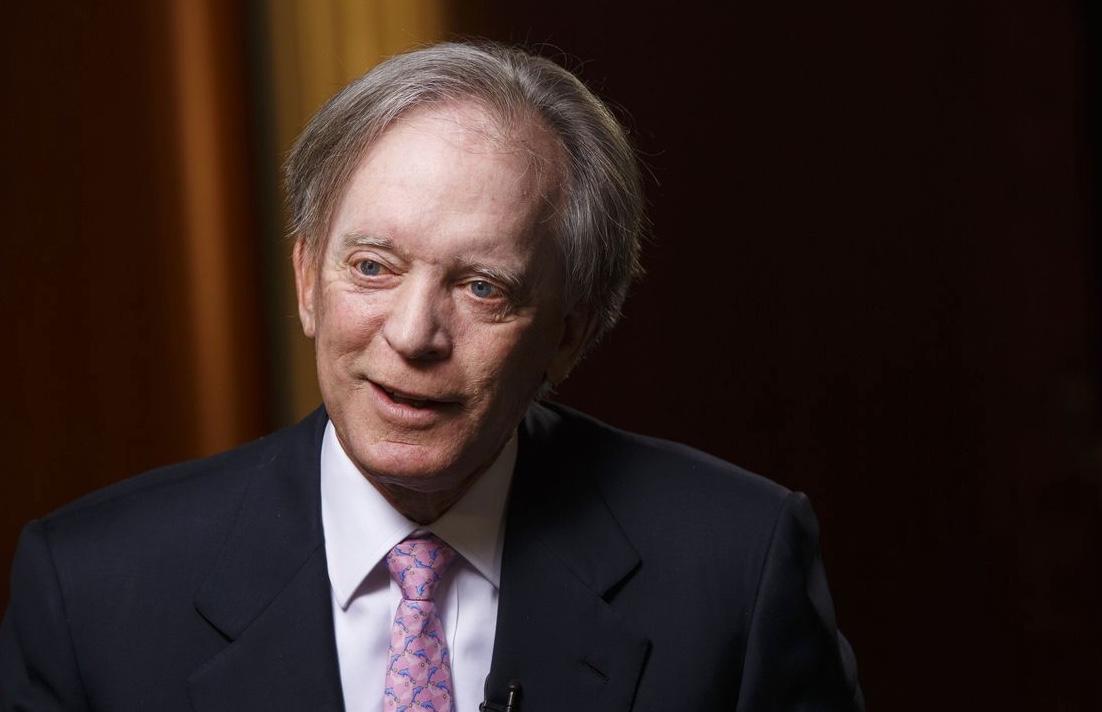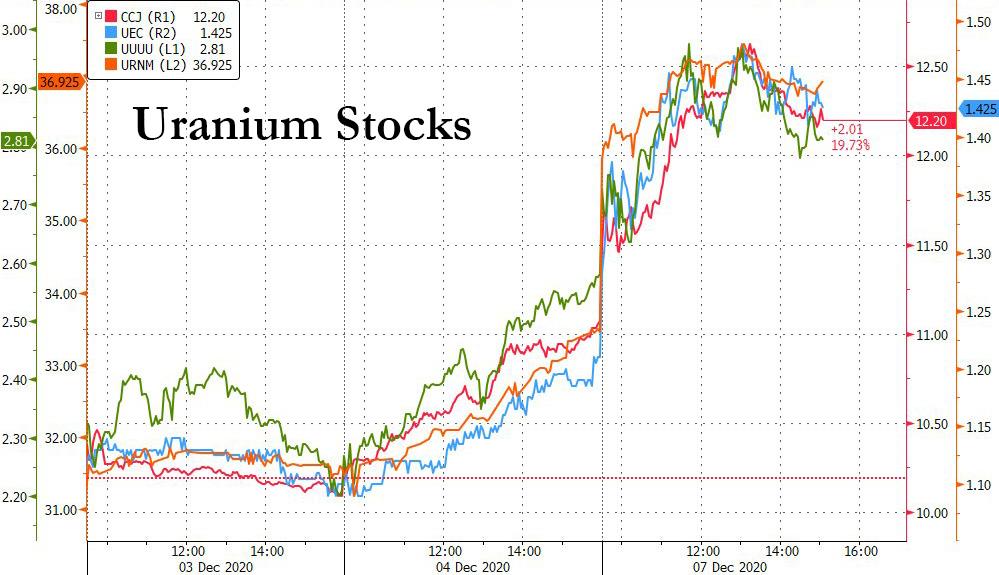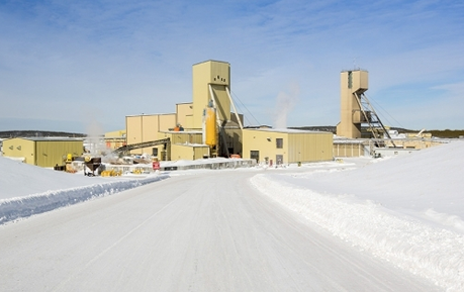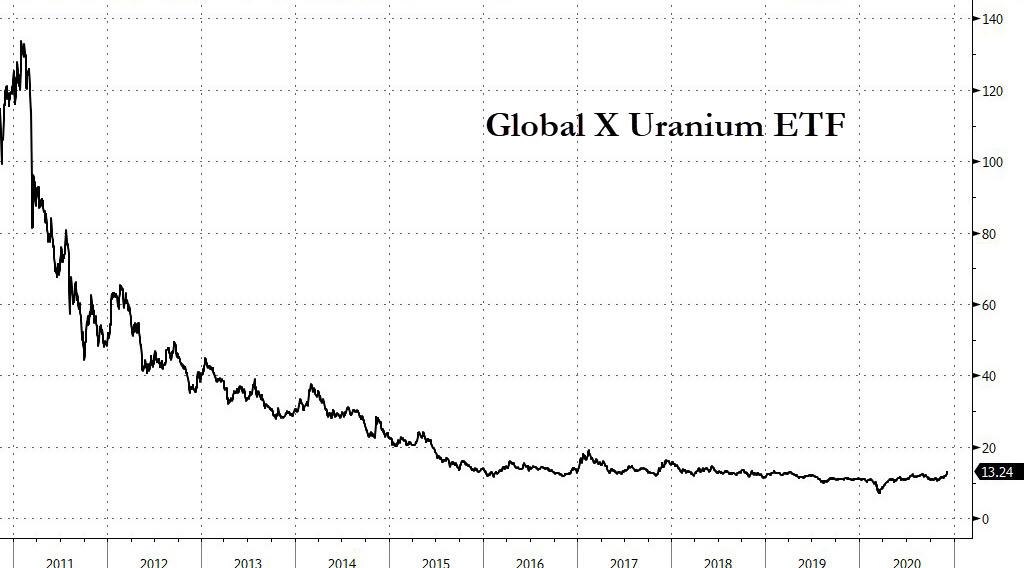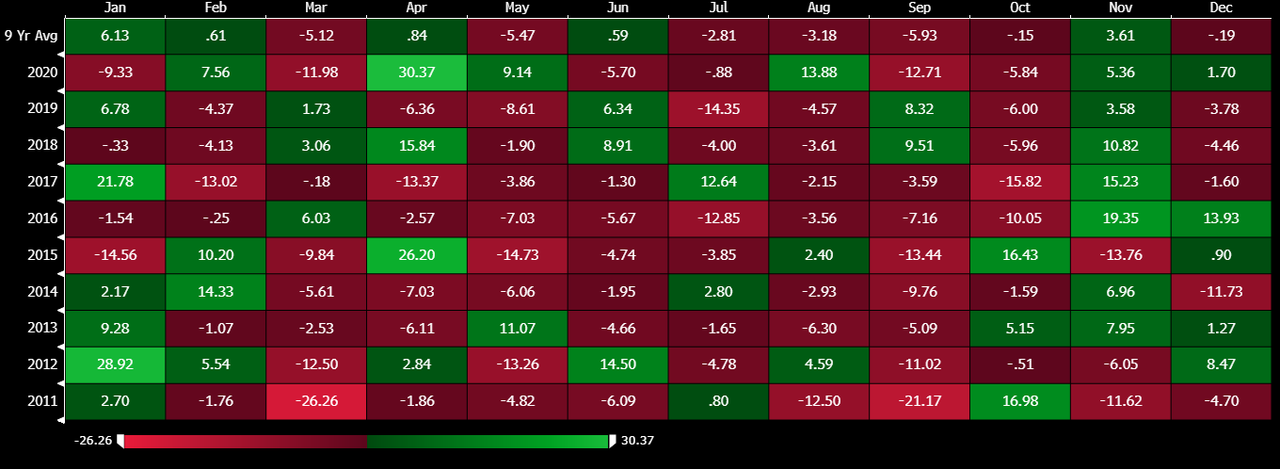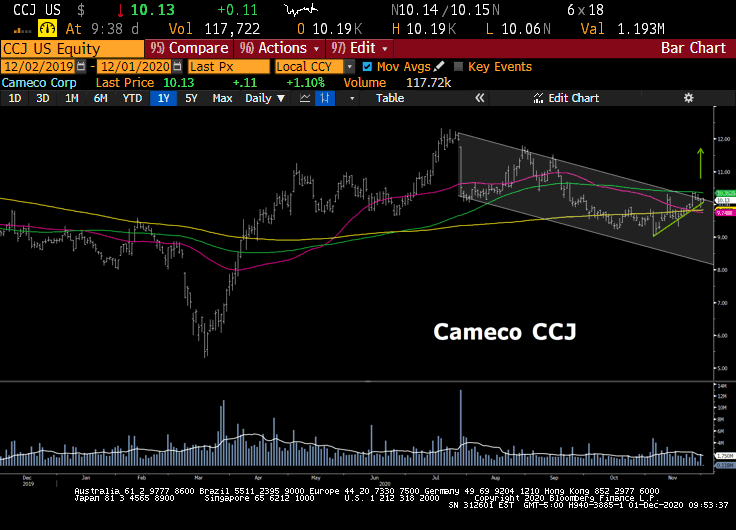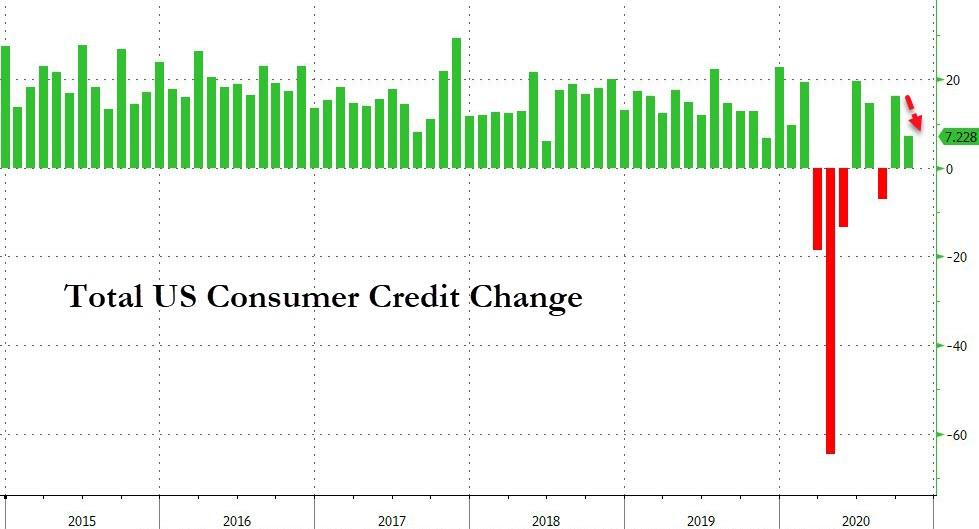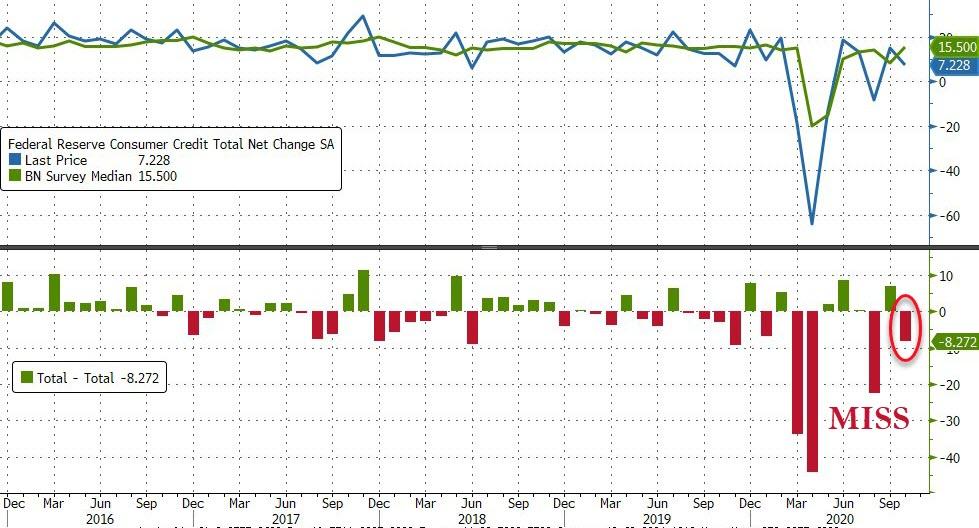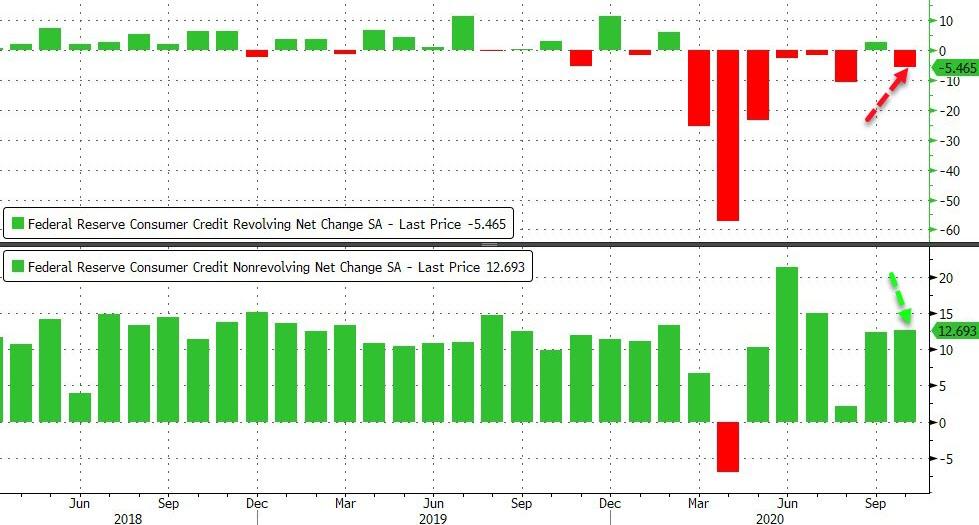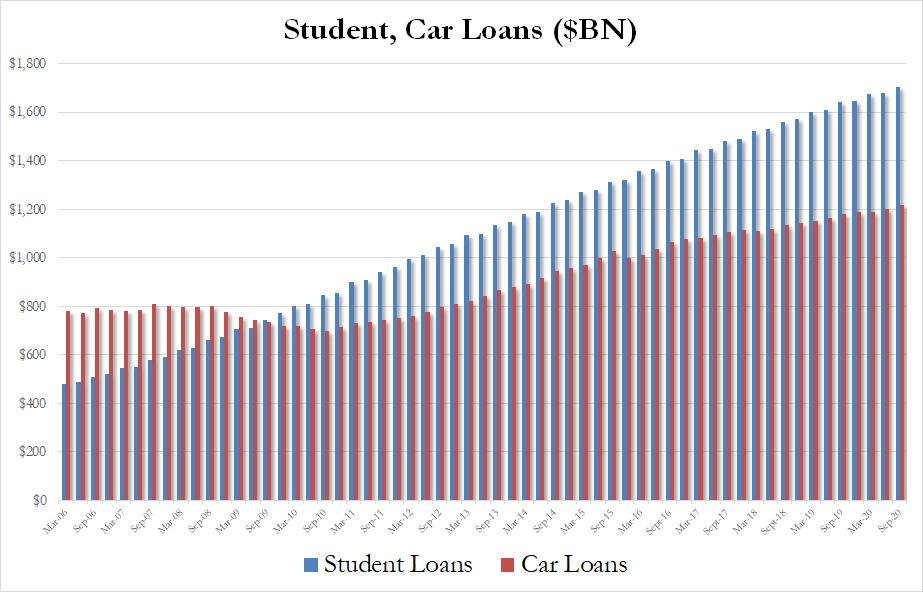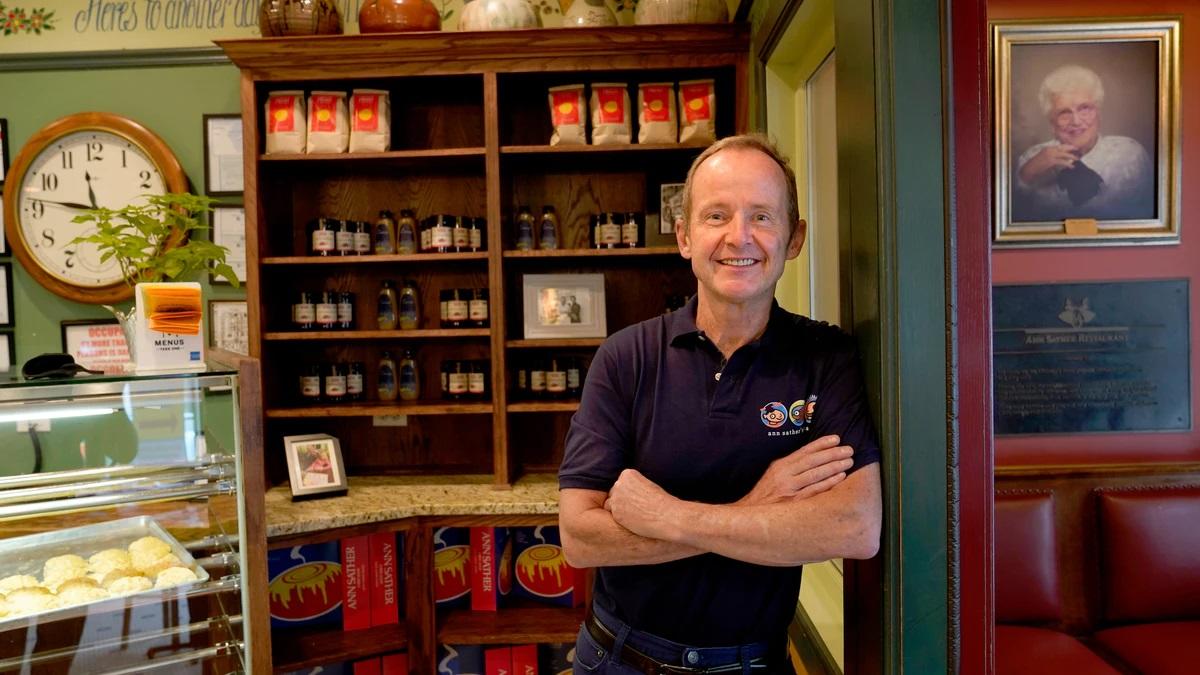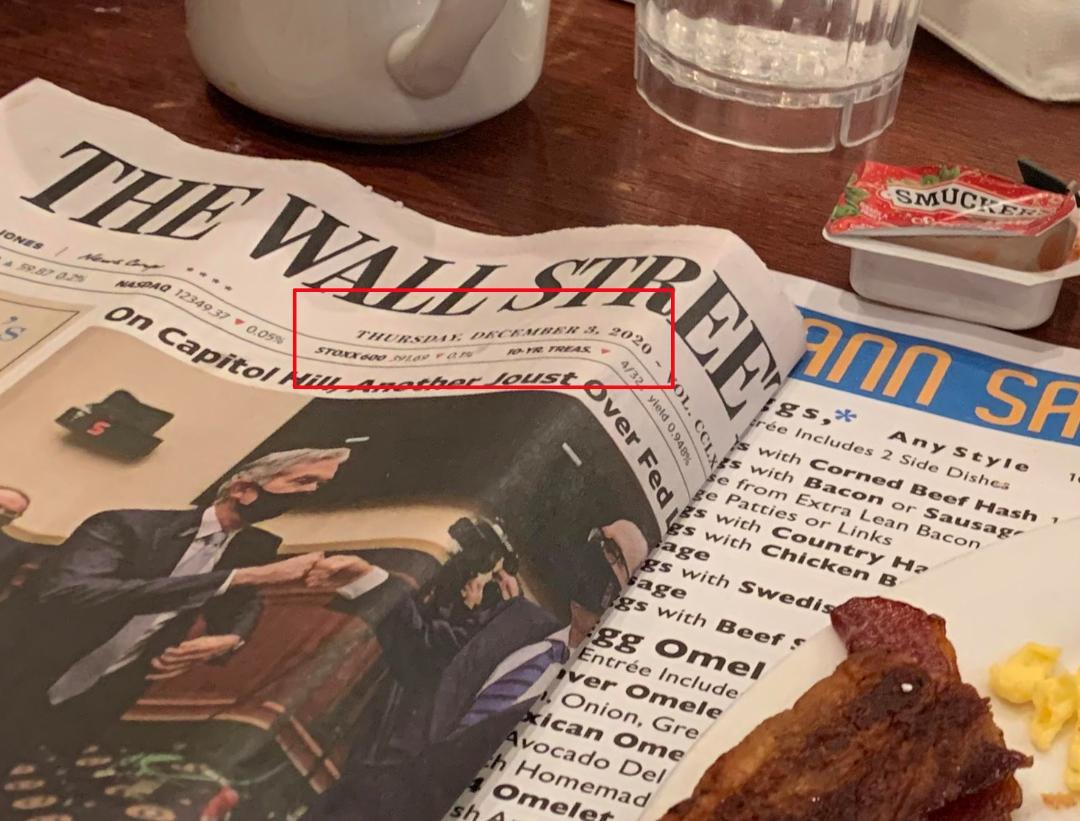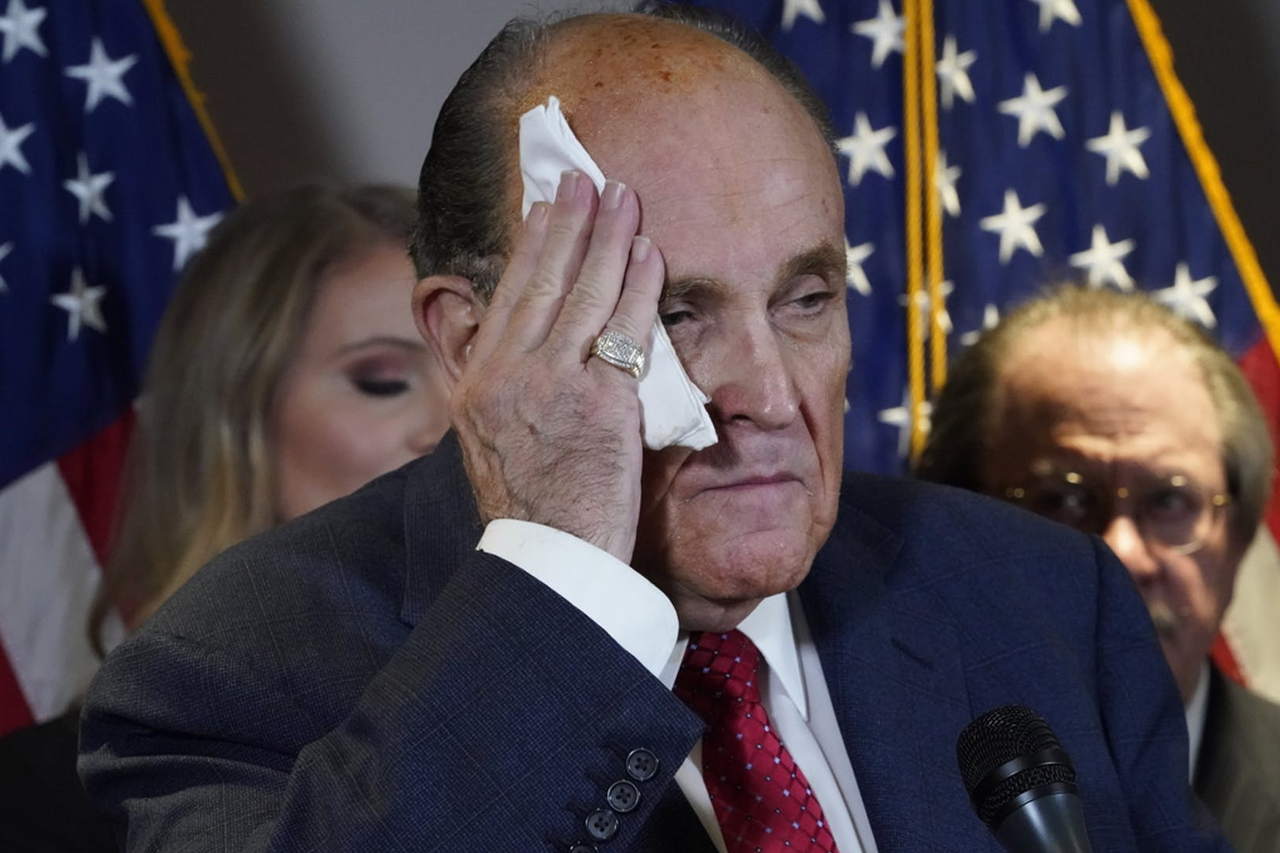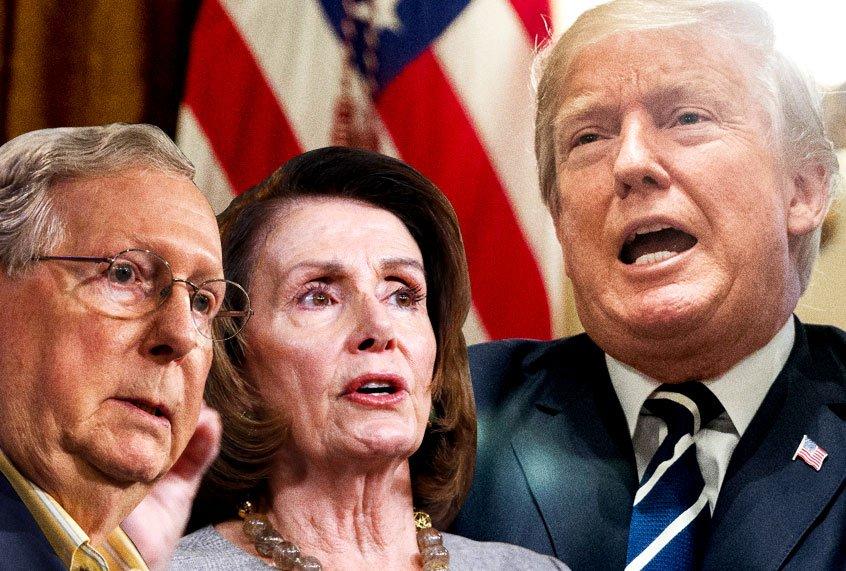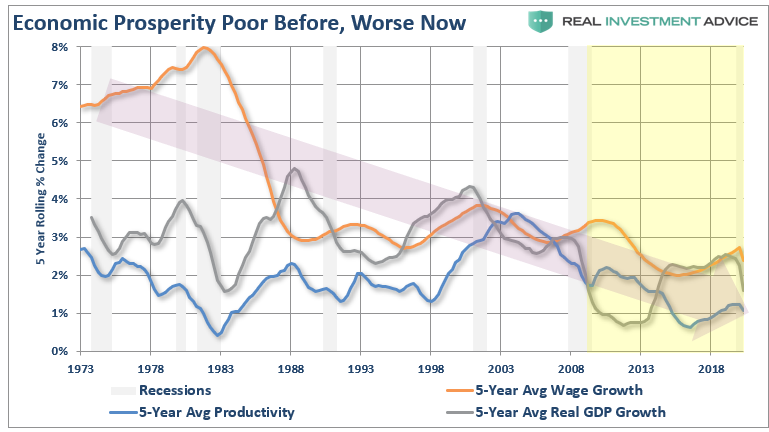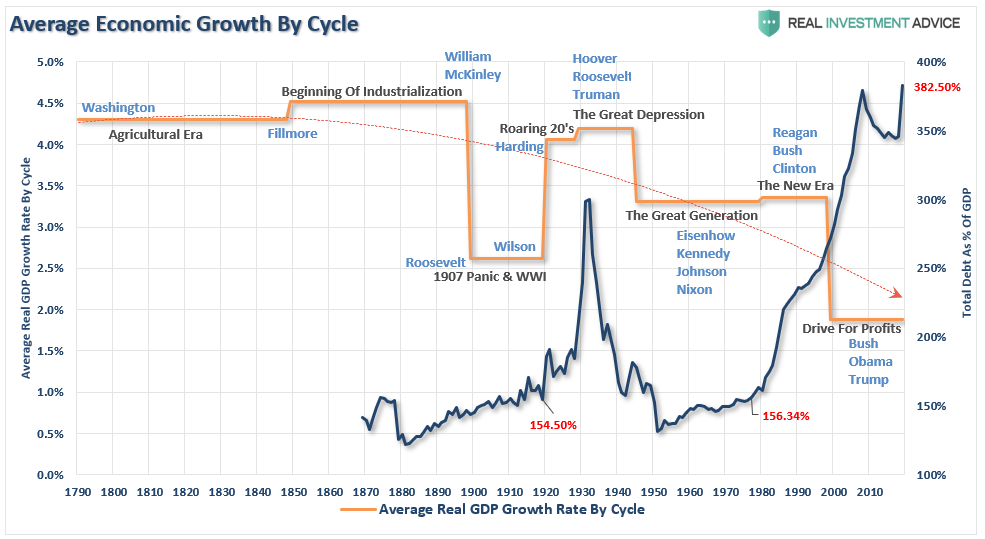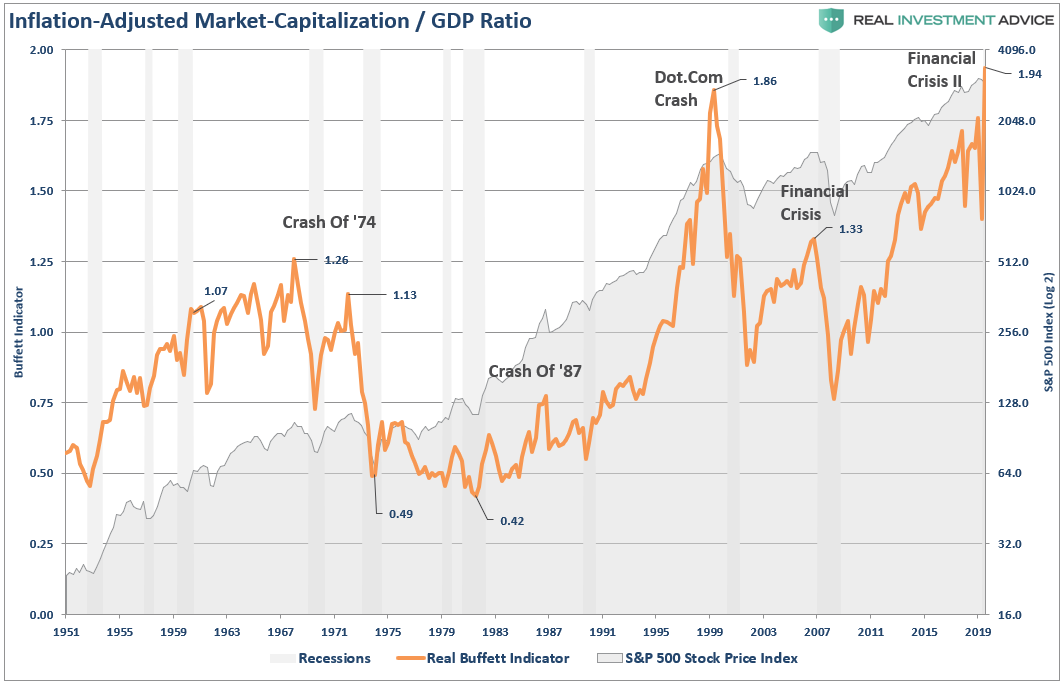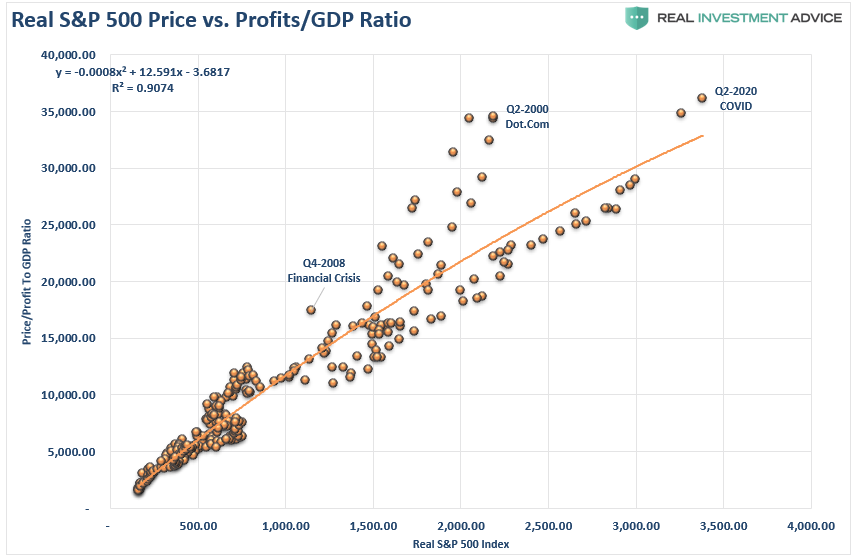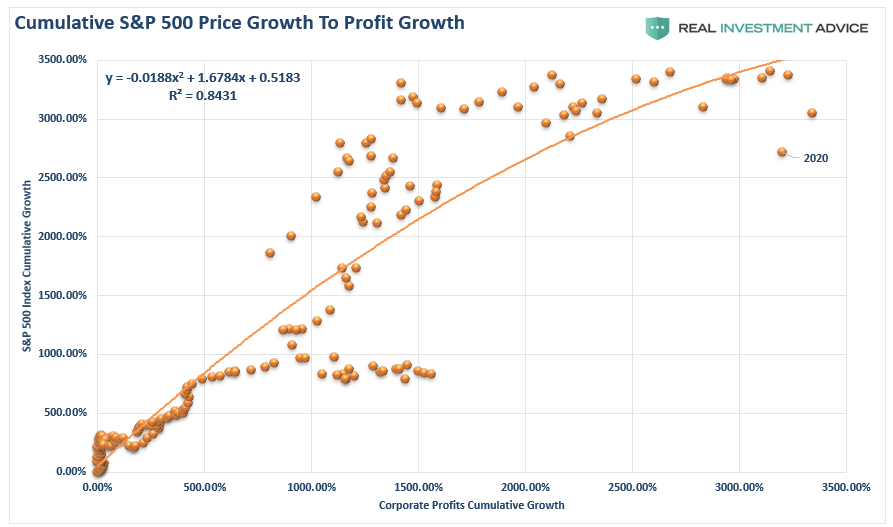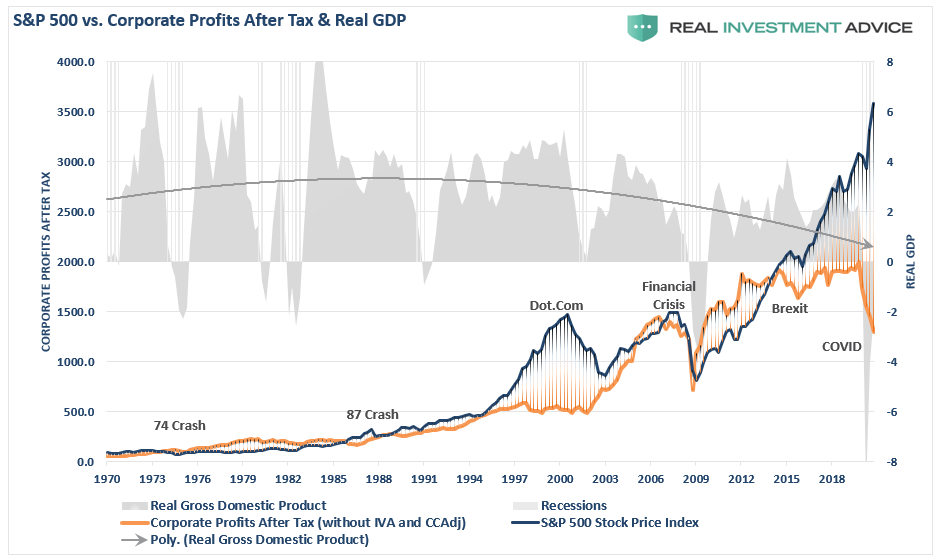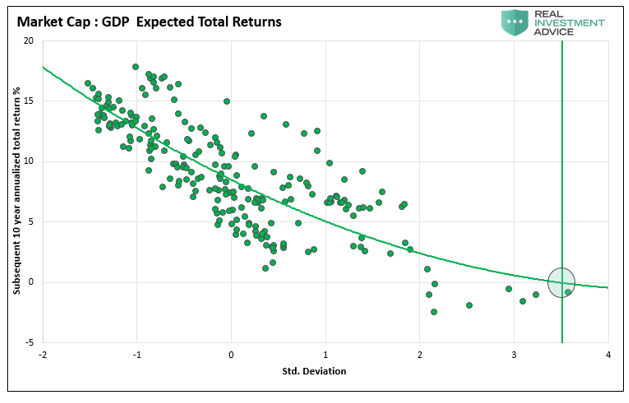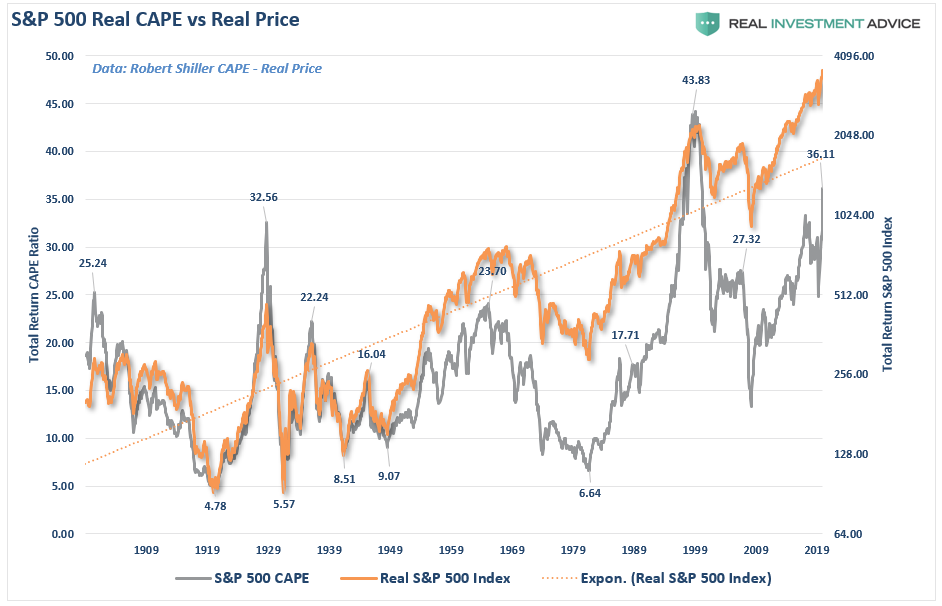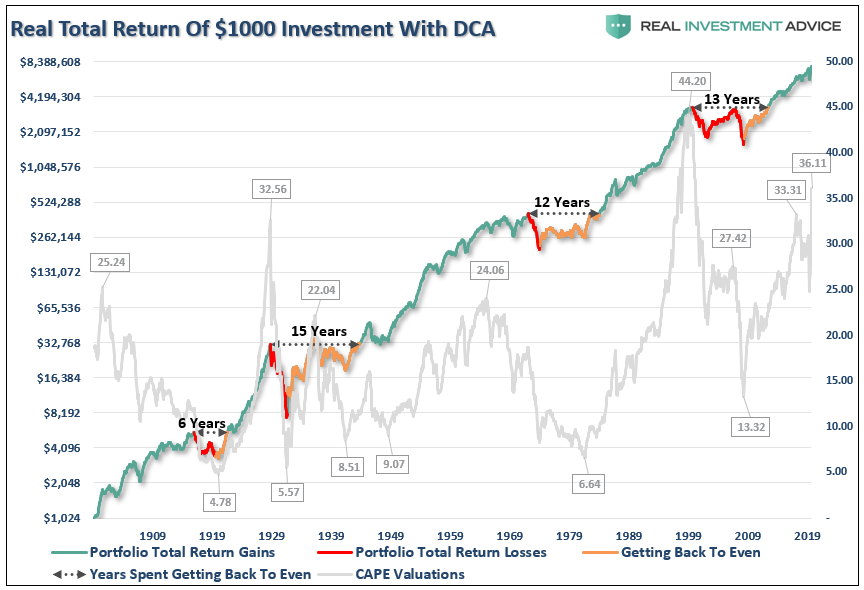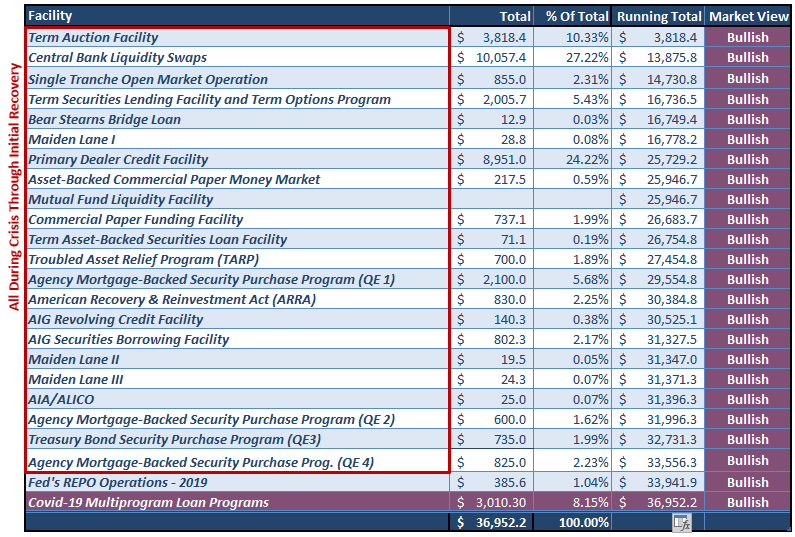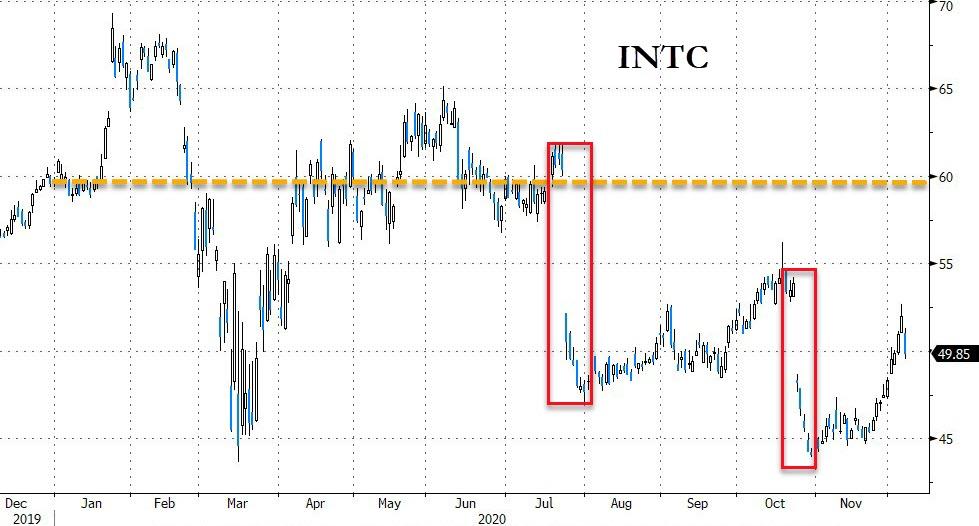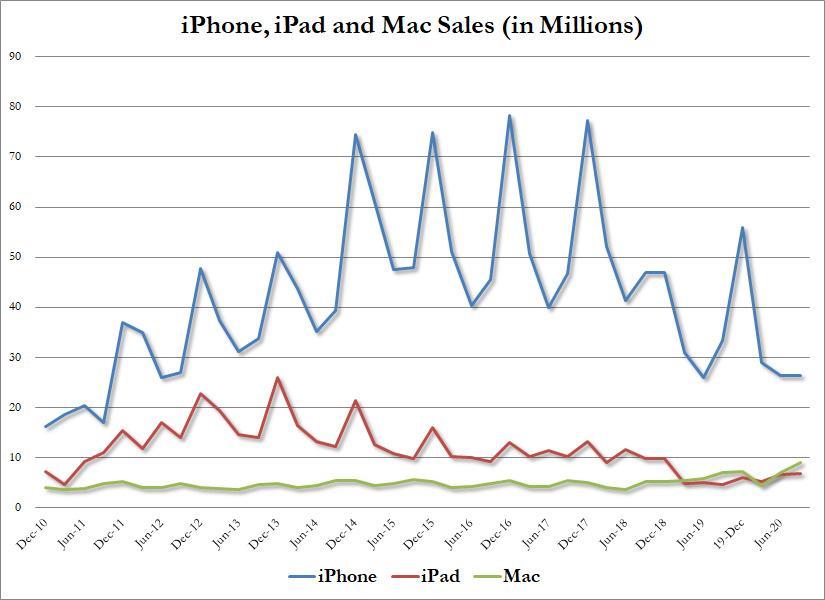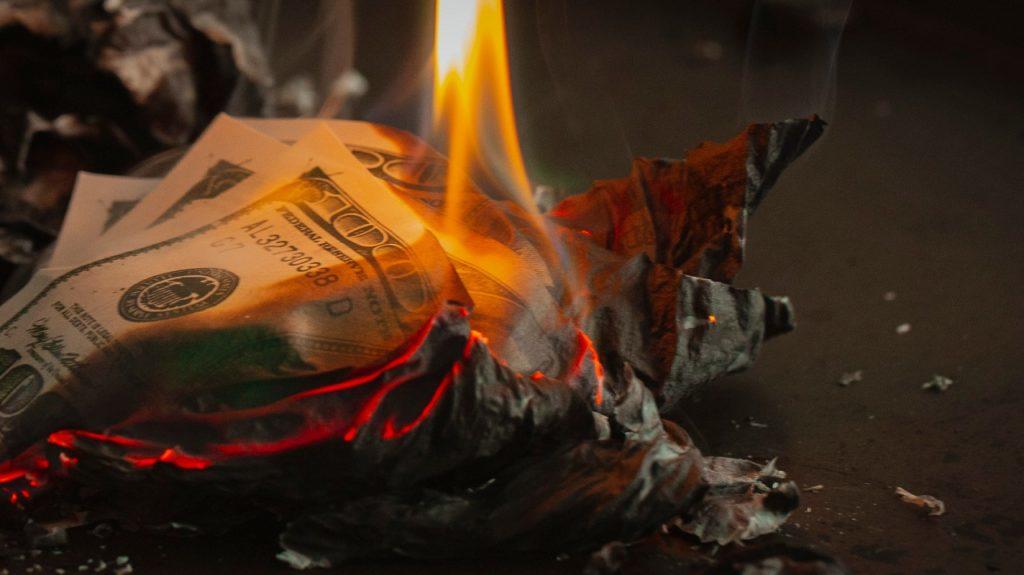Bill Gross Calls On Neighbor To End Feud And Join Forces To Fight COVID-19
Tyler Durden
Mon, 12/07/2020 – 15:45
Weeks of courtroom drama involving PIMCO founder and ‘bond king’ Bill Gross has unearthed some wild details of a feud between two Laguna Beach neighbors – Gross, and his neighbor Mark Towfiq – that has gotten way out of hand. So much so that Gross is once again in the tabloids due to his erratic behavior and aggressive tactics. In response to Towfiq filing a complaint with the city about a lawn statue on Gross’s property, the billionaire reportedly blasted music that could drown out the ocean and the highway, terrorizing the entire neighborhood, in an effort to pressure Towfiq into withdrawing his complaint with the city.
As the days of testimony wore on, Gross accused Towfiq of violating his privacy by trying to take “Peeping Tom-style” video of himself and his girlfriend, retired tennis pro Amy Schwartz. Towfiq , in turn, told the court that he had been warned about Gross even before the billionaire bought the house next door. One former PIMCO employee (Towfiq is coincidentally a former PIMCO client) even allegedly offered Towfiq his “condolences” when he heard the news, describing Gross as an “angry billionaire with a short fuse”.
Other witnesses, including officers who were called to the scene by Towfiq, described hearing music that was so unbelievably loud, it downed out the nearby Pacific Coast Highway.
Towfiq launched the legal battle by suing Gross for harassment, claiming the billionaire was trying to strong-arm him into dropping a complaint with the down about a lawn sculpture owned by Gross. But now, Gross is apparently trying to end the feud, opting for a method that is so lacking in self-awareness, it verges on billionaire caricature.
Gross has published an “open letter” calling on Towfiq to join him in dropping their respective legal grievances, then join together for a charitable settlement that will help the community weather the vicissitudes of the ongoing coronavirus pandemic.
In the letter, Gross accuses the financial press of taking an inappropriate interest in his case and dedicated time and resources to covering it, distracting from the ravages of what Gross described as “a silent killer” possessed with “single-minded lethality”.
Furthermore, Gross claims, these squabbles are apparently now “beneath him”, since he would like his work as a philanthropist to be remembered as “my life’s priority.”
Gross closed by reminding readers that he’s not usually one to back down. But with all the suffering happening in the world right now, he simply can’t bring himself to continue with such a petty dispute.
“Those who know me and my history also know I do not willingly back down from a fight. But this situation has escalated far out of proportion to the actual issues at stake, which are petty in comparison to a world in which thousands are dying and suffering every day…” Gross said.
We certainly look forward to hearing Towfiq’s response.
Gross’s offer comes as different regions of the state are entering new lockdowns, though Orange County is expected to be less restrictive than the full-fledged lockdown now in place in LA.
The full text of the letter follows:
These are extraordinary times of great extremes. We are losing loved ones, friends and family members to a silent killer that is relentless in its single-minded lethality. At the same time, we are witnessing extraordinary sacrifices and heroism by doctors, nurses and the medical community to compassionately care for those stricken by the virus, and find a cure to end its terrible ravages. I am humbled by the thousands of daily acts of courage in the face of overwhelming odds.
In the midst of this terrible global tragedy, a portion of the media is transfixed by…a man who plays the theme song to a 1960s sitcom, and another who records him doing so. While greater legal minds than mine can – and are – arguing about the merits of the highly publicized case against my neighbor (and my neighbor against me), I don’t think many people would contend this litigation deserves the attention it has received during the deadliest pandemic in a century. Never mind the public resources the case has commanded from the courts, law enforcement, and the city of Laguna Beach as it escalated far beyond an ordinary dispute among neighbors.
Worse yet, we are in the middle of a surge in the pandemic with the state and counties ordering new lockdowns. But we are showing up in person in court, sitting just a few inches from one another for hours, and forcing ourselves, our lawyers, and the court staff to be exposed to unnecessary risk over something that never should have reached a courtroom in the first place. I strongly believe in my case and my concerns about invasion of privacy, but at the end of the day the lawsuits are about videotaping and music. The absurdity would be laughable even to me if I wasn’t a direct participant.
While my life partner Amy Schwartz and I have not yet been able to present our case to the court and the interested public, I publicly appeal to my neighbor and propose a settlement that both ends the conflict and benefits those in our community who are suffering the most from the economic fallout of the pandemic. I recommend we calculate all our respective legal fees and court expenses that we have already spent and will spend on this multifront battle, agree to end all hostilities, and instead donate the proceeds to Orange County foodbanks and other charities providing critical assistance in this time of need. Or, if he would prefer, just the proceeds of estimated future legal and court costs. I also propose that we can individually select charities, or in a spirit of resolution and future goodwill toward each other, come up with a jointly agreed upon list of recipients to receive contributions in the name of his choosing. I want nothing more than to be a good neighbor, even if it means revising my choice in music. Those who know me and my history also know I do not willingly back down from a fight. But this situation has escalated far out of proportion to the actual issues at stake, which are petty in comparison to a world in which thousands are dying and suffering every day, while many more are out of work and desperate to pay the rent and feed their families.
I call on my neighbor to lay down arms and agree to a settlement that benefits neither side financially, but provides something of value to our community. To those who would claim this is a publicity stunt, I would point to my history of philanthropy. That is my life’s priority, not legal feuds. Over the past several decades, I have donated more than $700 million to healthcare, education, humanitarian relief, and other charitable causes. The William, Jeff and Jennifer Gross Family Foundation annually donates over $20 million to charities, many of them in the local community. I ask that you join me in directing our resources against the common enemy of disease and poverty, instead of each other, and that we return to being neighbors instead of combatants.
* * *
Too bad for Gross’s ex-wife she didn’t wait until 2020 to divorce him. Then at least she wouldn’t have had to put up with all that fart spray and rotting fish.
via ZeroHedge News https://ift.tt/33PMJSg Tyler Durden
